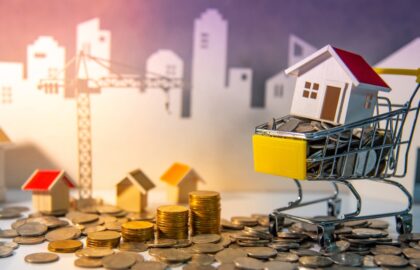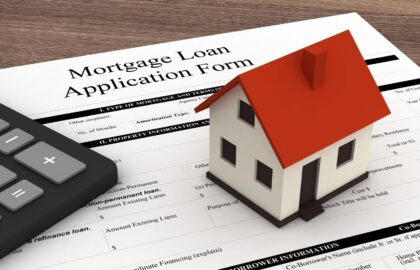
“Sustainable” seems to be a buzzword that is thrown around a lot these days, and it’s becoming increasingly popular it relation to housing and real estate. As concern for the environment continues to grow, sustainable housing options have gained significant attention from homeowners and developers alike. The demand for homes that reduce carbon footprint while saving energy and money has fueled the growth of the industry. In this report, we explore some of the sustainable housing options available today, including energy-efficient homes, green building materials, and alternative energy sources.
Energy-Efficient Homes
Energy-efficient homes have become increasingly popular as they are designed to consume less energy than traditional homes, significantly reducing their environmental impact. Such homes feature a range of energy-saving features such as insulation that keeps the house warm during winter and cool during summer, energy-efficient appliances and lighting, and high-efficiency heating and cooling systems.
With these features in place, homeowners can also save money on their energy bills while contributing to a sustainable future- which is quite appealing in the current economic state.
Green Building Materials
Green building materials are environmentally friendly and have a lower impact on the environment compared to traditional building materials. These materials are highly durable and, as a result, require fewer repairs over time. Examples of green building materials include bamboo flooring, low-VOC paint, and recycled steel. Such materials are gaining widespread use, and their adoption is expected to rise in the future as more people become environmentally conscious.
Alternative Energy Sources
Alternative energy sources offer an effective means of reducing reliance on fossil fuels. Solar panels are an excellent example of an alternative energy source that homeowners can use to power their homes. They work by harnessing energy from the sun and converting it into electricity, which can power appliances, lights, and other electrical devices. Wind turbines, geothermal heating, and hydropower are other examples of alternative energy sources.
How does sustainability impact the property market?
Sustainability is arguably much more important in the property market than a few years ago. Anecdotally, agents say buyer appetite for environmentally friendly options is on the rise, and green features once viewed as luxurious optional extras are now considered necessities. Notably, 78% of the respondents in the REA 2020 New Homes Research survey think developers should include sustainable features in new projects. Additionally, 42% of apartment buyers want green features like solar power, water harvesting options and green communal areas. The attraction to greener homes is also not limited to one demographic.
Young environmentally conscious buyers want homes that match their personal values. Downsizers see the benefits of using renewables and smart design to lock in energy costs while living on a fixed income in retirement. Meanwhile, savvy investors are considering potential climate change risks, such as rising water levels, when scouting out properties to add to their portfolios. This all points towards a bigger demand for sustainable features in the property market moving forward.
What’s next?
Sustainability has become a crucial consideration in the property market, with buyers increasingly seeking environmentally friendly options. The demand for green features, once viewed as luxurious extras, is now considered essential. From solar power and water harvesting to green communal areas, sustainable housing options are gaining popularity across all demographics. As a result, it is essential for developers and agents to prioritize sustainable features in their projects to meet the growing demand and contribute towards creating a more sustainable future.
Disclaimer: The information provided in this publication is intended for general information purposes only, and should not replace the advice of a qualified relevant party. Information may not constitute the most up-to-date or accurate information, and should not be taken as sworn advice. Opinions reflect those of the author and not Professionals Collective as a whole.








